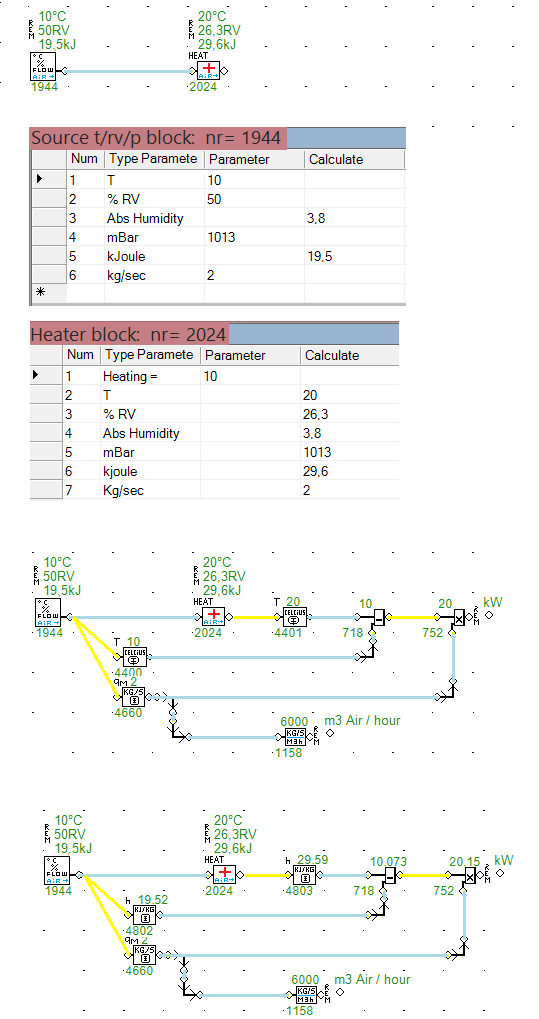

The cookie is used to store the user consent for the cookies in the category "Performance".

This cookie is set by GDPR Cookie Consent plugin. The cookie is used to store the user consent for the cookies in the category "Other. The cookies is used to store the user consent for the cookies in the category "Necessary". The cookie is set by GDPR cookie consent to record the user consent for the cookies in the category "Functional". The cookie is used to store the user consent for the cookies in the category "Analytics". These cookies ensure basic functionalities and security features of the website, anonymously. Kelly, HVACSIM + Building Systems and Equipment Simulation Program Building Loads Calculation, NBSIR 86-3331, NIST, cookies are absolutely essential for the website to function properly.

May, HVACSIM + Building Systems and Equipment Simulation Program Users Guide, NBSIR 85-3243, NIST, Sept.1985. Clark, D.R., HVACSIM + Building Systems and Equipment Simulation Program Reference Manual, NBSIR 84-2996, NIST, Jan.Kelly, An Overview of HVACSIM +, A Dynamic Building/HVAC/Control Systems Simulation Program, Proceedings of the 1st Annual Building Energy Simulation Conf., Seattle, WA, August 21-22, 1985. Galler, M.A., Users Guide to the HVACSIM+ Configuration Tool, NIST TN 2110, NIST, September 2020.Since the first distribution of the program to the public, a number of modifications have been made including the addition of the component models developed for the American Society of Heating, Refrigerating and Air-Conditioning Engineers (ASHRAE) 825 project. Since then, the HVACSIM+ computer program package and manuals have been distributed to researchers, students, and consultants in more than 40 countries around the world.

The first version of HVACSIM+, which stands for “HVAC SIMulation PLUS other systems”, was introduced by National Institute of Standards and Technology (NIST) in 1985 as a computer simulation tool to simulate entire building systems.


 0 kommentar(er)
0 kommentar(er)
